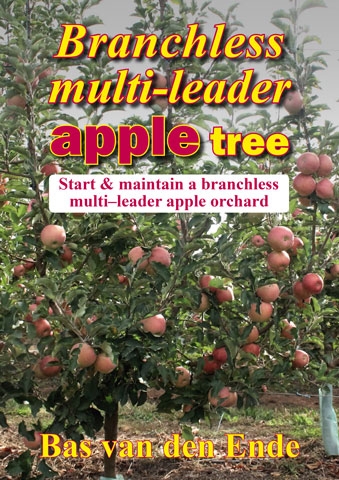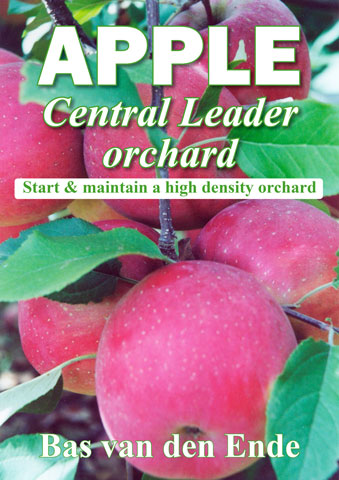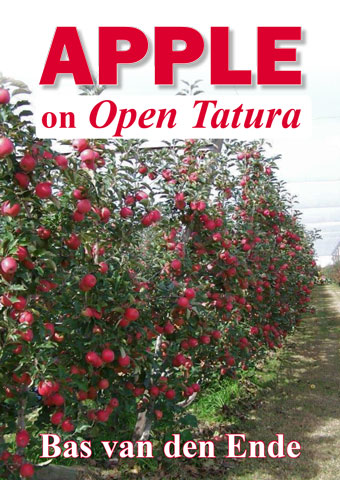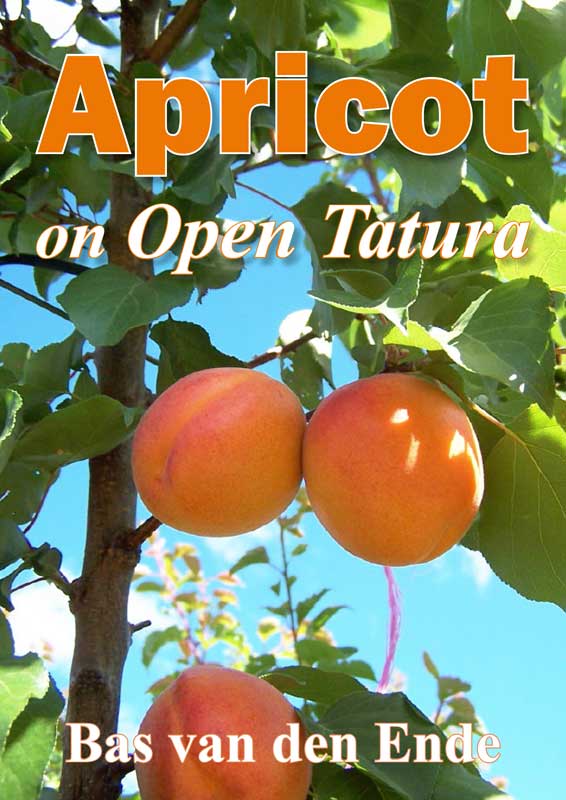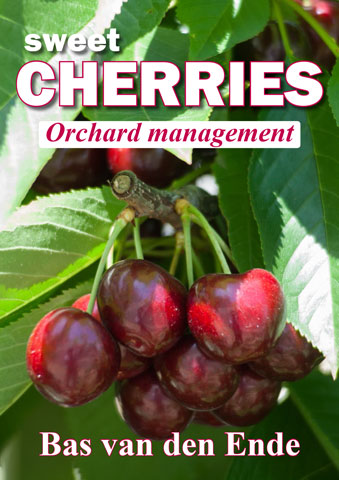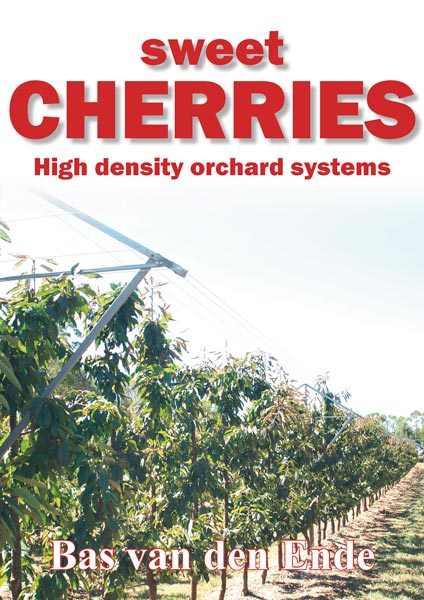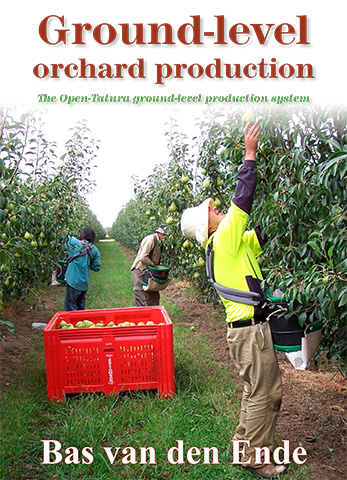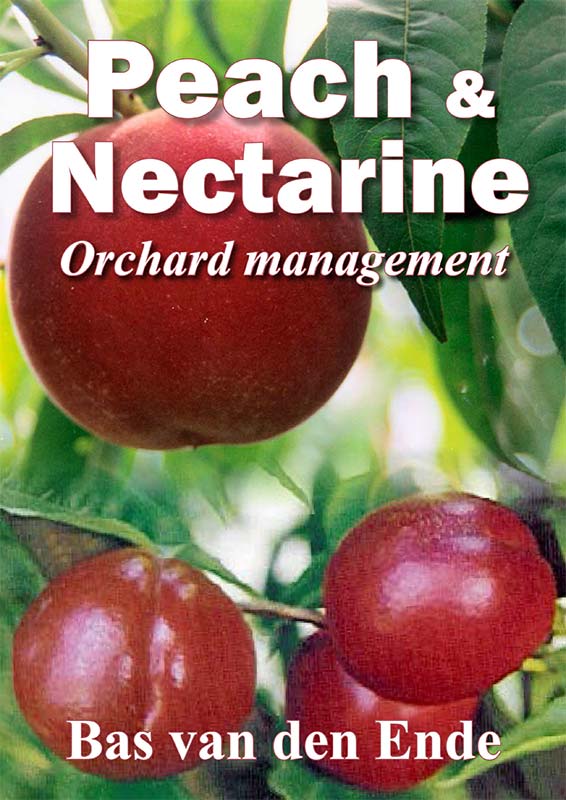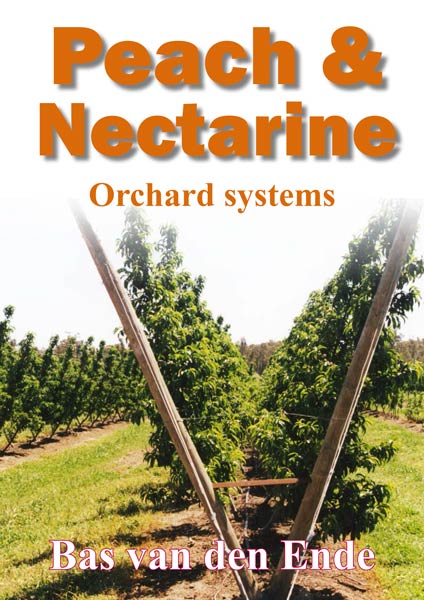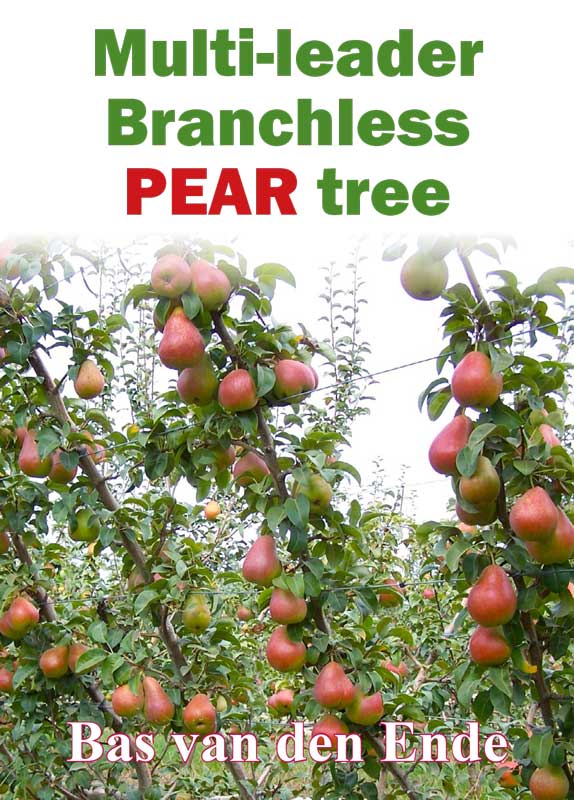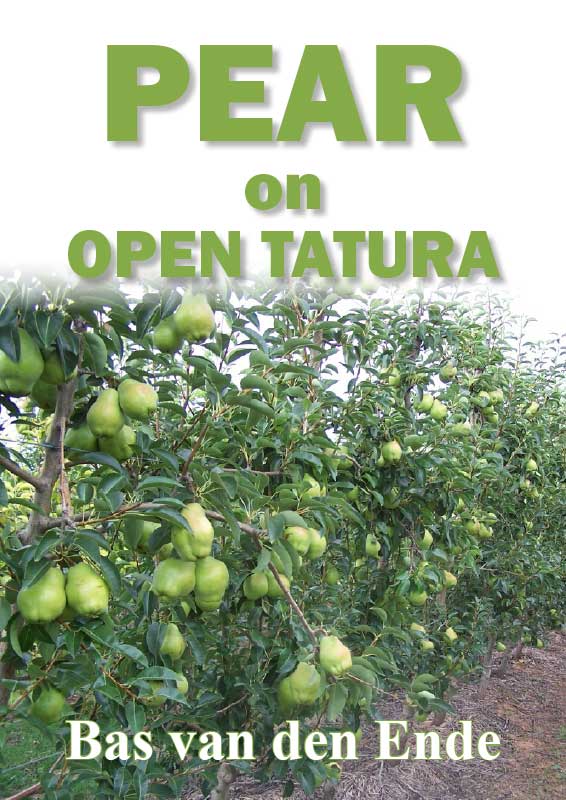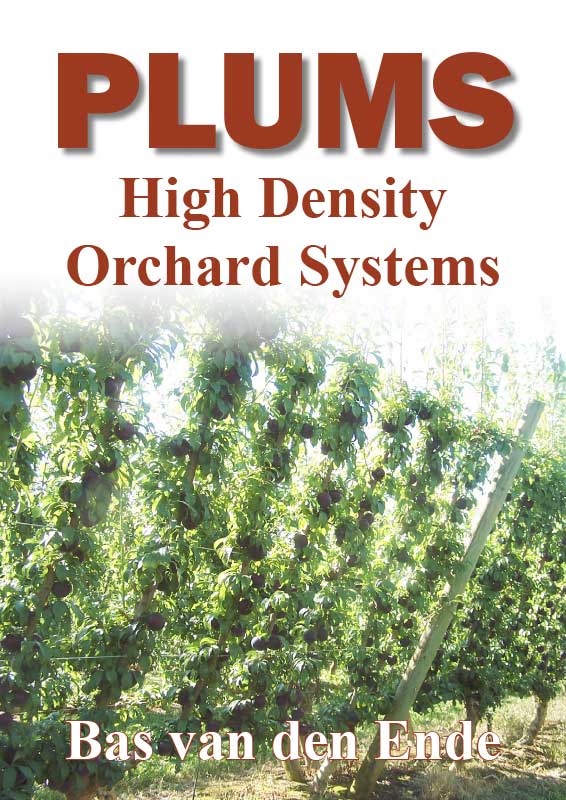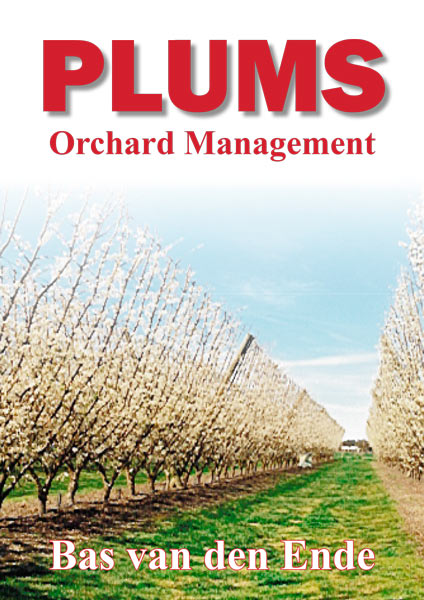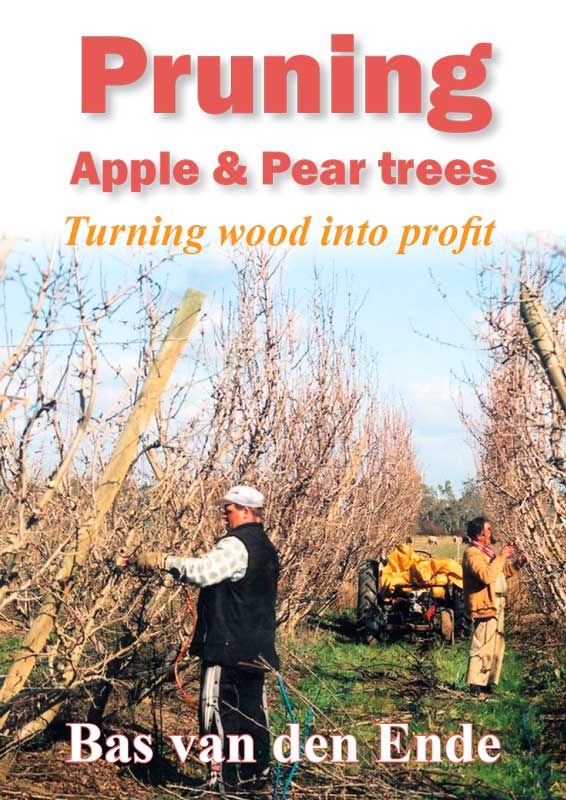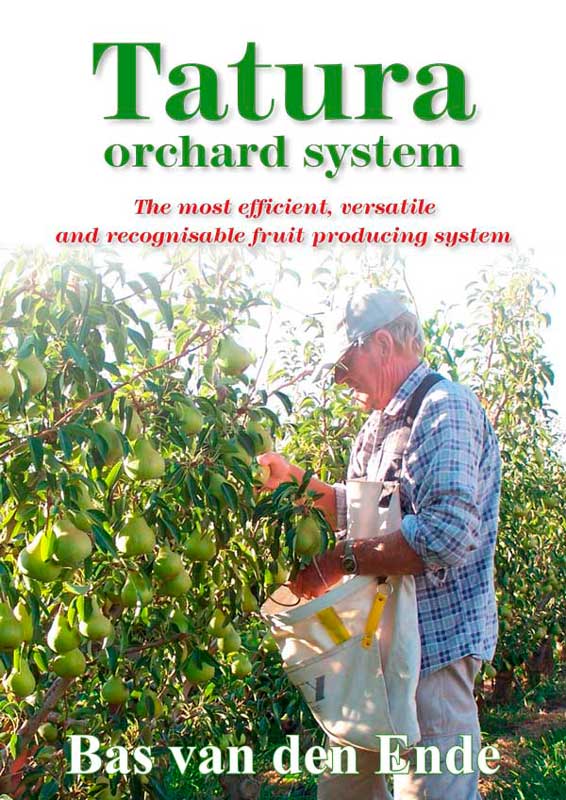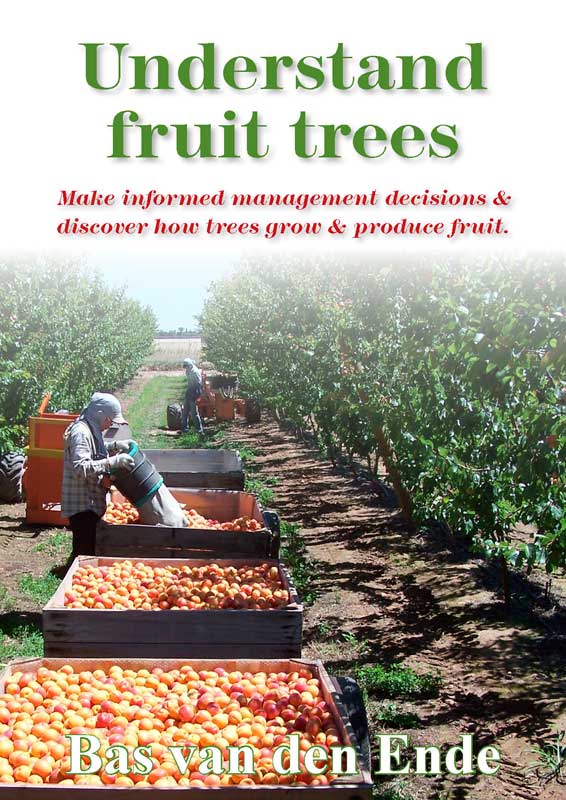There have been some close calls recently in regard to the entry of exotic pests that could have adversely affected the cherry industry in Australia.
They are the spotted winged drosophila and the brown marmorated stink bug.
The latter was recently found at an Australian port in a shipment of cars from South Korea. Thanks to the diligence of our biosecurity officers, the ship was not allowed to unload, and the cherry and other horticultural industries were spared a potential outbreak.
Similarly, in the case of spotted winged drosophila, biosecurity officers' quick and decisive action closed down a possible outbreak in the north of the country.
Basic information
In the interest of assisting cherry growers to identify these pests, included is some basic information about them, and a link to the Plant Health Australia website for more information.
Although the risks from international travel is currently low due to the restrictions imposed to minimise the spread of COVID-19 (coronavirus), it always pays to be vigilant about pests that may arrive from overseas.
As growers, be grateful that our biosecurity systems are world-class and assist horticulture to continue to grow and market domestically and internationally, produce that is also world-class.
***If you see anything unusual, call the Exotic Plant Pest Hotline 1800 084 881 or visit www.planthealthaustralia.com.au***
Spotted winged drosophila (SWD, Drosophila suzukii)
Spotted winged drosophila is an emerging pest in North America.
It is a small fly that attacks a range of soft skinned fruit and reduces crop yield and quality through direct feeding damage and secondary infection of the fruit.
This pest has a significant impact on fruit production as the larvae feed on maturing fruit, not just over-ripe or decaying fruit.
Preferred healthy fruit include a range of berries, cherries, nectarines, plums and grapes. Apples, pears and other fruit with thicker skins are also hosts when fruit begins to rot.
Description
Adult SWD are yellow-brown coloured flies with dark bands on the abdomen and red eyes. They are 23 mm in length. Males have a small dark spot at the front edge near the tip of each forewing (unlike females).
Larvae are cream or white coloured and about 3 mm long.
Pupae are red to brown, 2-3 mm in length and cylinder shaped with two small projections on the end.
Adult SWD look almost identical to the regular vinegar fly (D. melanogaster). SWD are distinguished from other Drosophila species present in Australia by the black spot on the wing tips in males.
Brown marmorated stink bug
Brown marmorated stink bug (BMSB) has about 100 reported hosts including cherry, apple, pear and peach.
Description
Eggs are smooth and pale in colour, about 1.3 mm in diameter by 1.6 mm in length and are laid in clusters of 20–30.
When they hatch, they are brightly coloured, black and reddish-orange and remain clustered about the egg mass. They move away after moulting to the next stage of development.
They are variable in size and colour: adults range from 12–17 mm in length, and 7–10 mm in width.
The backs of adults are brownish in colour with a marbled or mottled pattern.
Damage
BSMB damage flowers, fruit and leaves.
Feeding by adults and nymphs on fruit results in sunken areas.
Late season injury causes corky spots on the fruit. Feeding may also cause fruiting structures to abort prematurely.
Necrotic areas may form on leaves, and feeding damage may be seen on the whole tree.
There is frequently a distinct edge effect as BMSB moves between orchards en masse.
See this article and all photos in Tree Fruit March 2020

